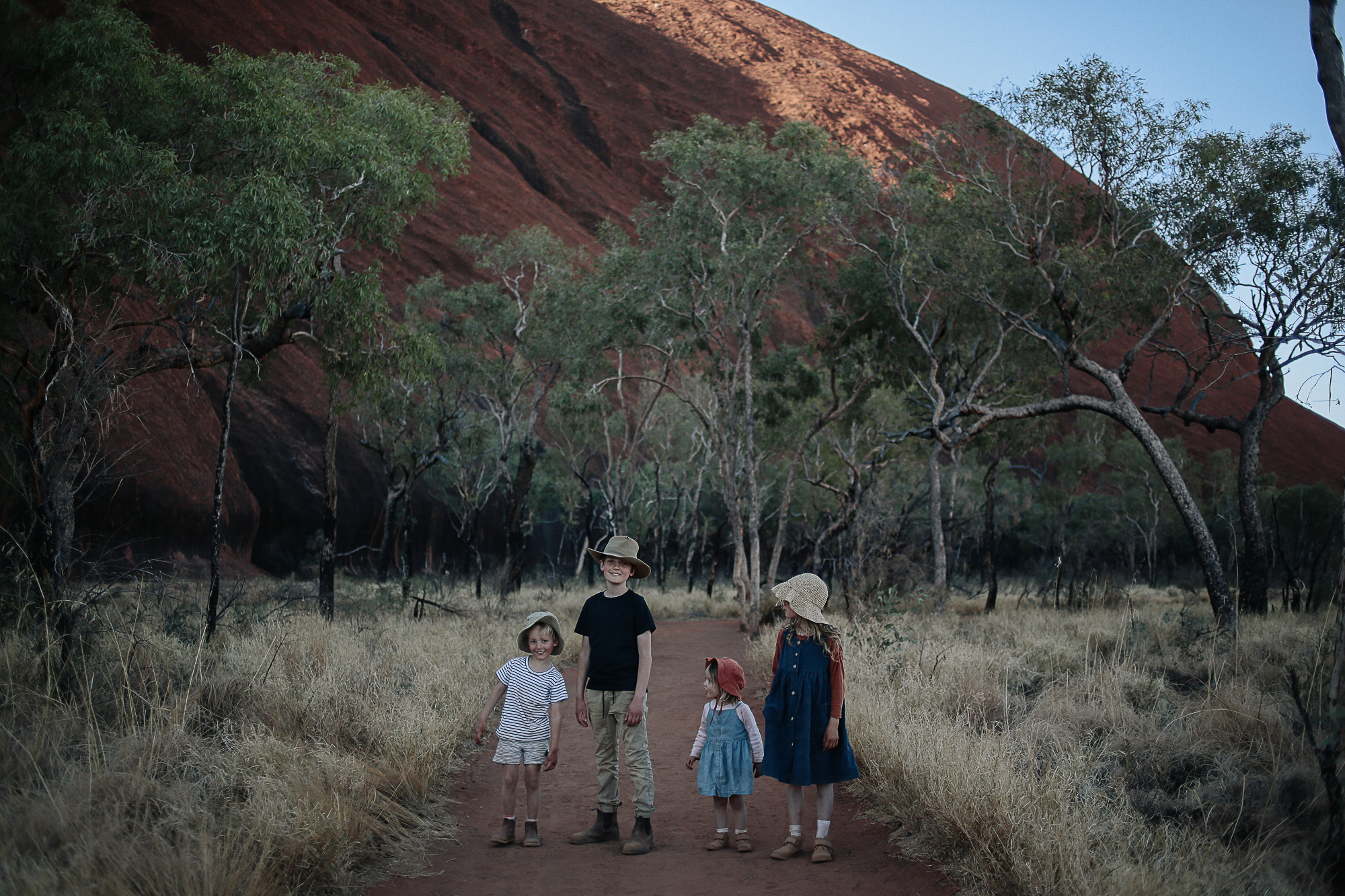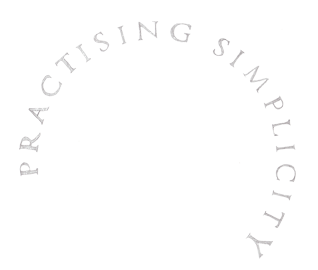ROAD TRIP TO ULURU
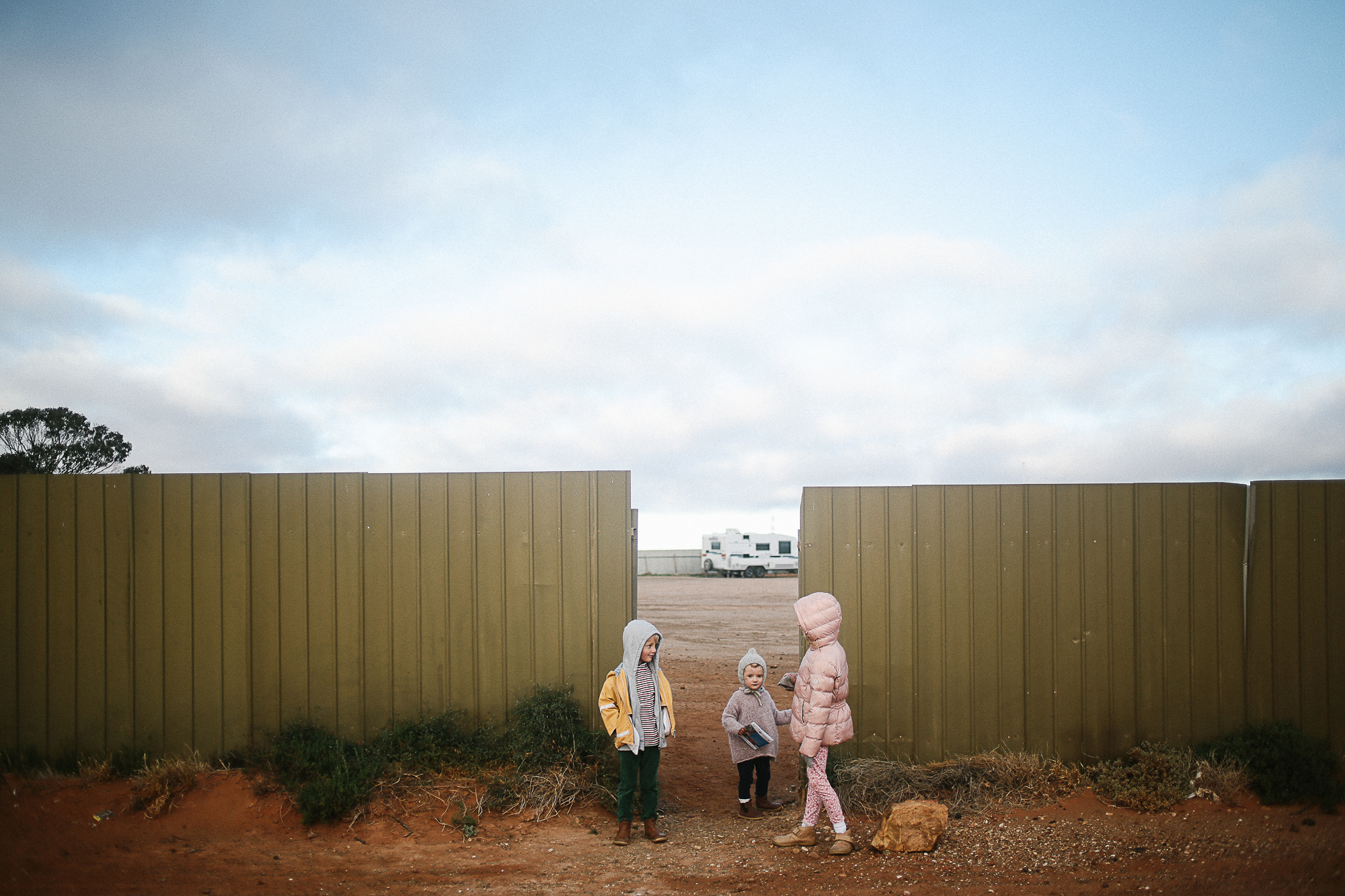
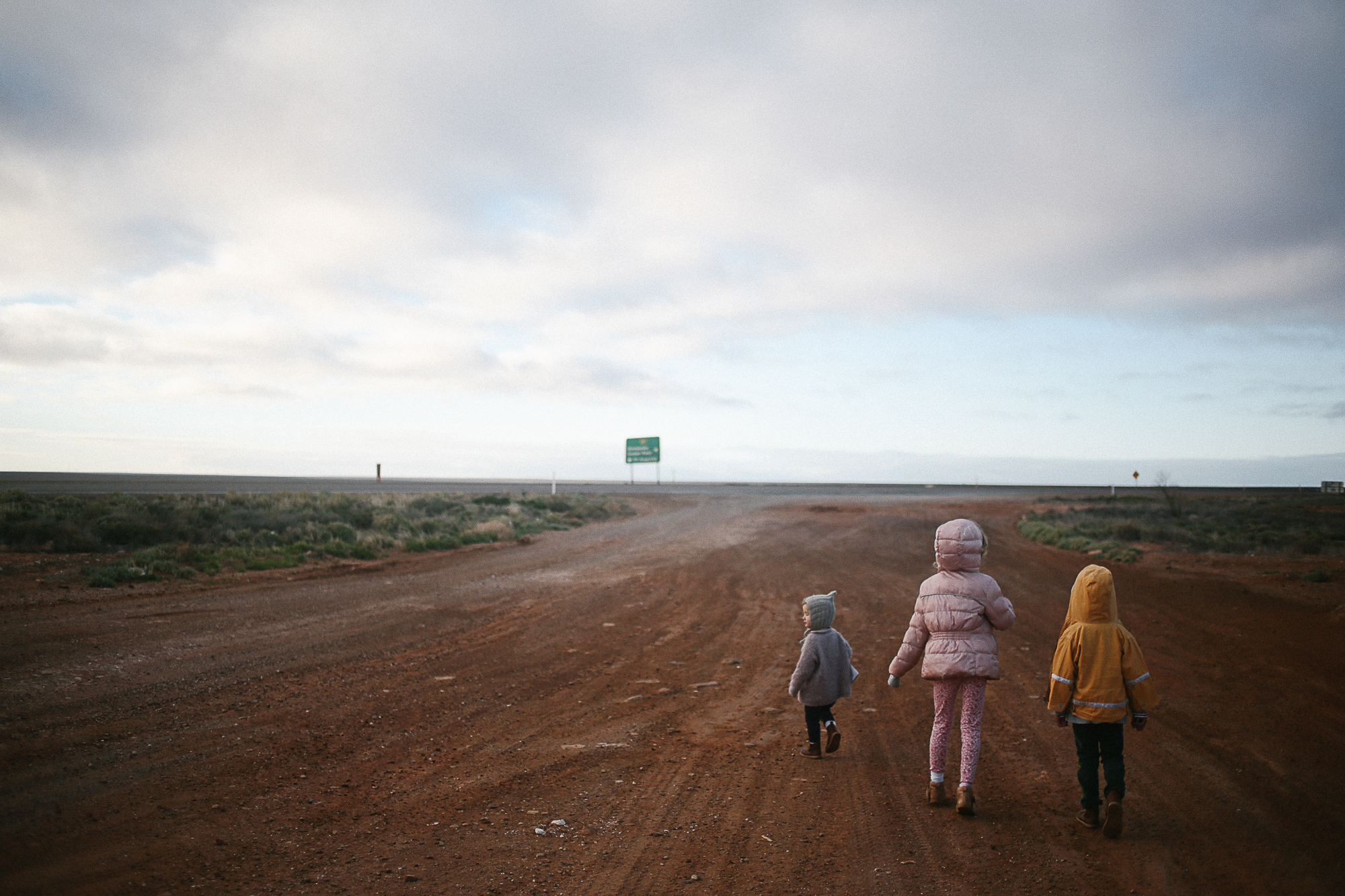
Hitting the red dirt and making the long drive to Uluru is like a rite of passage; an inspiring, dusty, often uncomfortable journey to the heart of the country where spirit is palpable. For us it was a drive brimming with excitement, anticipation and exhaustion; hundreds of kilometres peppered with eagle sightings, lemonade ice-blocks on the side of the road and the obligatory wave to every passing vehicle.
We drove each morning and then settled into our overnight stop early afternoon; lunch was served, fruit was eaten and we’d spend the afternoon reading, catching up on school work and chatting to fellow travellers. The dirt turned a deeper shade of red the further north we travelled.
We had six nights between Port Augusta and Ayers Rocks Campground but you could easily do it in two or three if you like long drives. For us, a slow and steady journey was best and it became a fond and memorable leg of our entire trip so far. The air was drier as we drove closer to the desert and our sinuses and skin felt the brunt of it; papaya balm and hand cream were essential!
If you’re keen do make the drive as leisurely as possible, there’s roughly 2-4 hours between each of the following towns. Each town/roadhouse welcomes caravans and campervans and most welcome campers in tents. They are hubs of activity in the winter months and they’ve got everything you need to ensure a comfortable and safe night’s sleep.
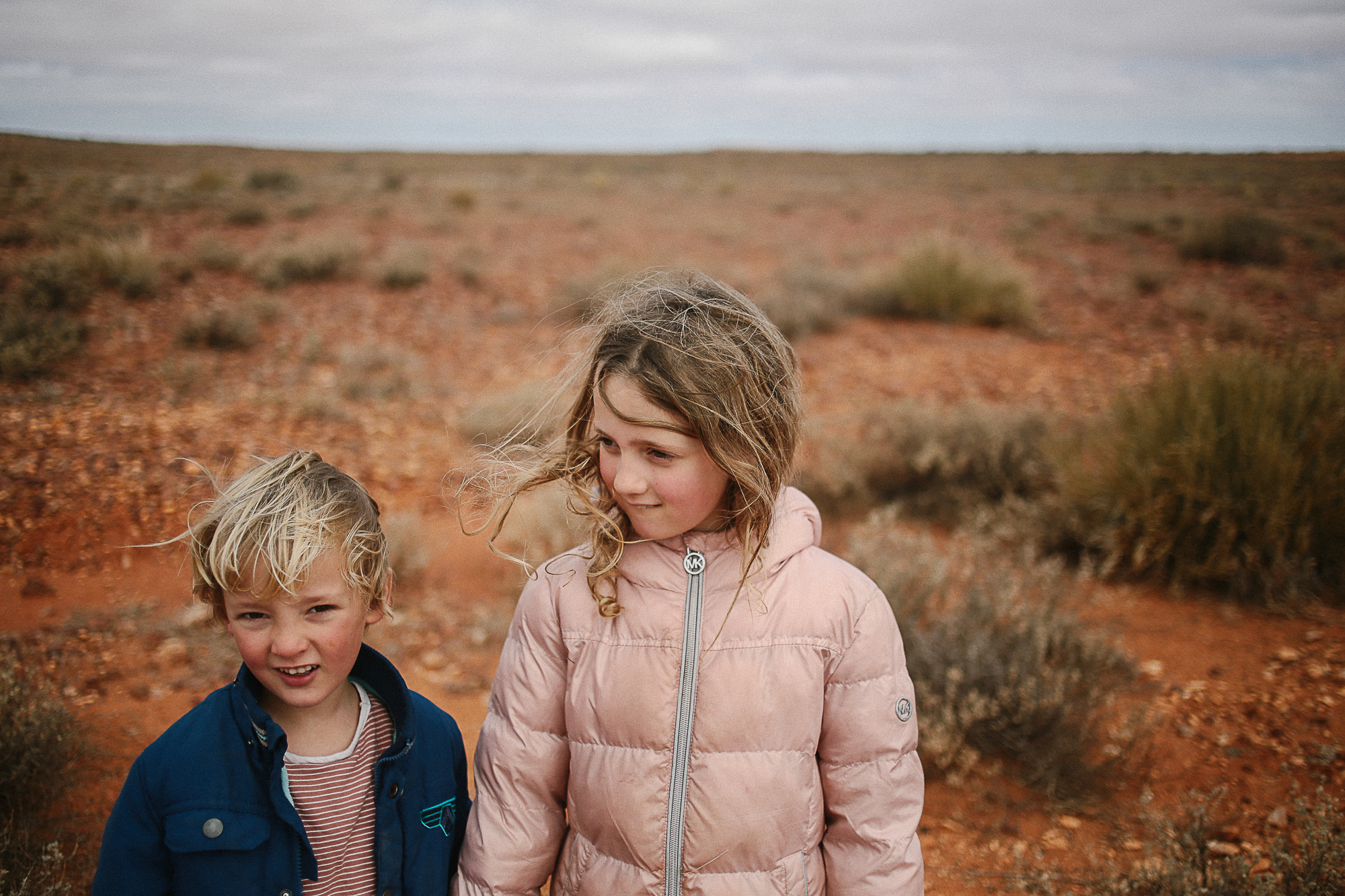
Port Augusta
If you would prefer to stay further south, I highly recommend a free camp 10km east of Port Pirie called Lawrie Park. It’s a grassy field at the end of a country road and boasts toilets (take your own toilet paper), a tap to fill your tanks, fire pits and distant ocean views. There were plenty of campers when we stayed and a rather jovial atmosphere as a result.
If you’re heading to Uluru from SA, VIC or NSW, you’ll pass through Port Augusta and head north on the Stuart Highway (aka a bloody long, straight road). Treat this town as the last chance to get cheap fuel and groceries (it’s the last town with a Wooloworths) – fill up, stock up and then say goodbye to the sea and the grass as you won’t see it for a good, long while!
Tip: menu planning is a necessity on a trip like this as food really does get expensive the further in-land you travel. And it’s totally understandable; the road trains need to drive a very long way to reach these remote supermarkets. Expect to pay top dollar for dairy, fresh produce and meat.
If you fancy a relaxing pitstop head straight to the Australian Arid Lands Botanic Gardens, only a few kilometres north of the town centre. There’s plenty of parking for caravans, a children’s nature playground, cafe and toilets and really beautiful gardens that you can explore for a donation. We had lunch and an afternoon rest in the carpark (that’s the beauty of vanlife, you bring your bed wherever you go) and then we drove in the late afternoon light to our next stop for the night.
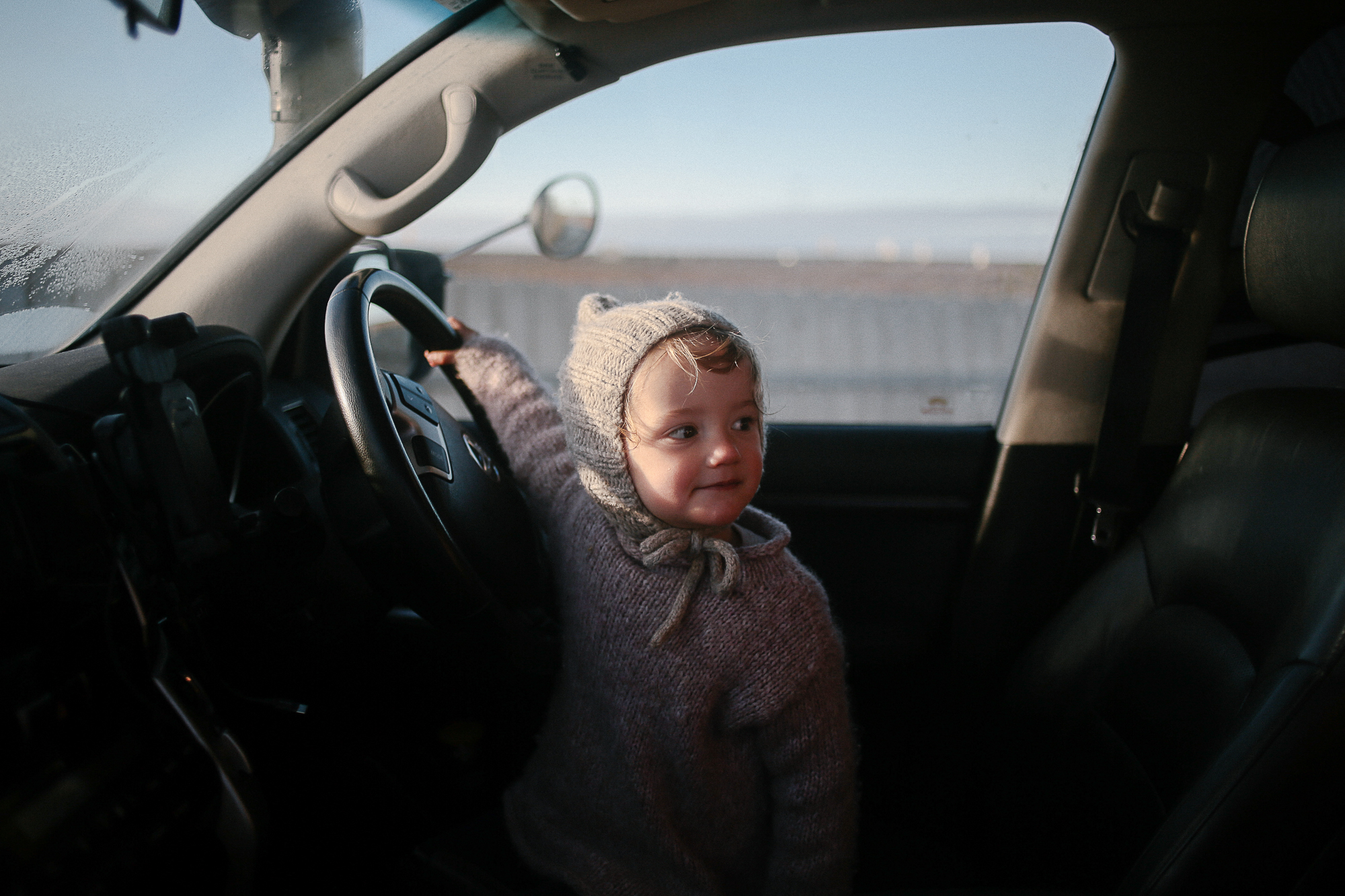
Spud’s Roadhouse, Pimba
The drive between Port Augusta and Pimba is beautiful albeit barren. You’ll cross lots of cattle crossings, many a toilet-paper laden gravel pit and you’ll marvel and the miles and miles in miles of nothing surrounding you. Spud’s Roadhouse has a rustic, retro charm to it; it’s reminiscent of American road trip movies complete with a neon sign that’s missing a few lights. You can camp for a $5 donation in the carpark of the roadhouse and on both nights that we stopped (on the way to Uluru and the return trip) there were at least another 20 vans so if safety in numbers is your preference, this is a good choice.
10 minutes up the road is Woomera Village, the residential area created for those who worked at the wider RAAF Woomera Range Complex, a large Australian Defense Force aerospace and testing range spanning 122,000 square kilometres. The village is eerily quiet considering there’s enough accomodation for 500 people (the current population is 80). There’s a heritage museum in town as well as a Missile Park (which is exactly that; a collection of missiles and rockets in a park), a public swimming pool, small supermarket and plenty of parking for caravans. There is a caravan park on the edge of town, too.
Tip: word on the street is that Pimba has some of the best sunsets in the country and I would have to agree. Watching the sky change colours and spotting wild emus on the plains is a sight to remember.
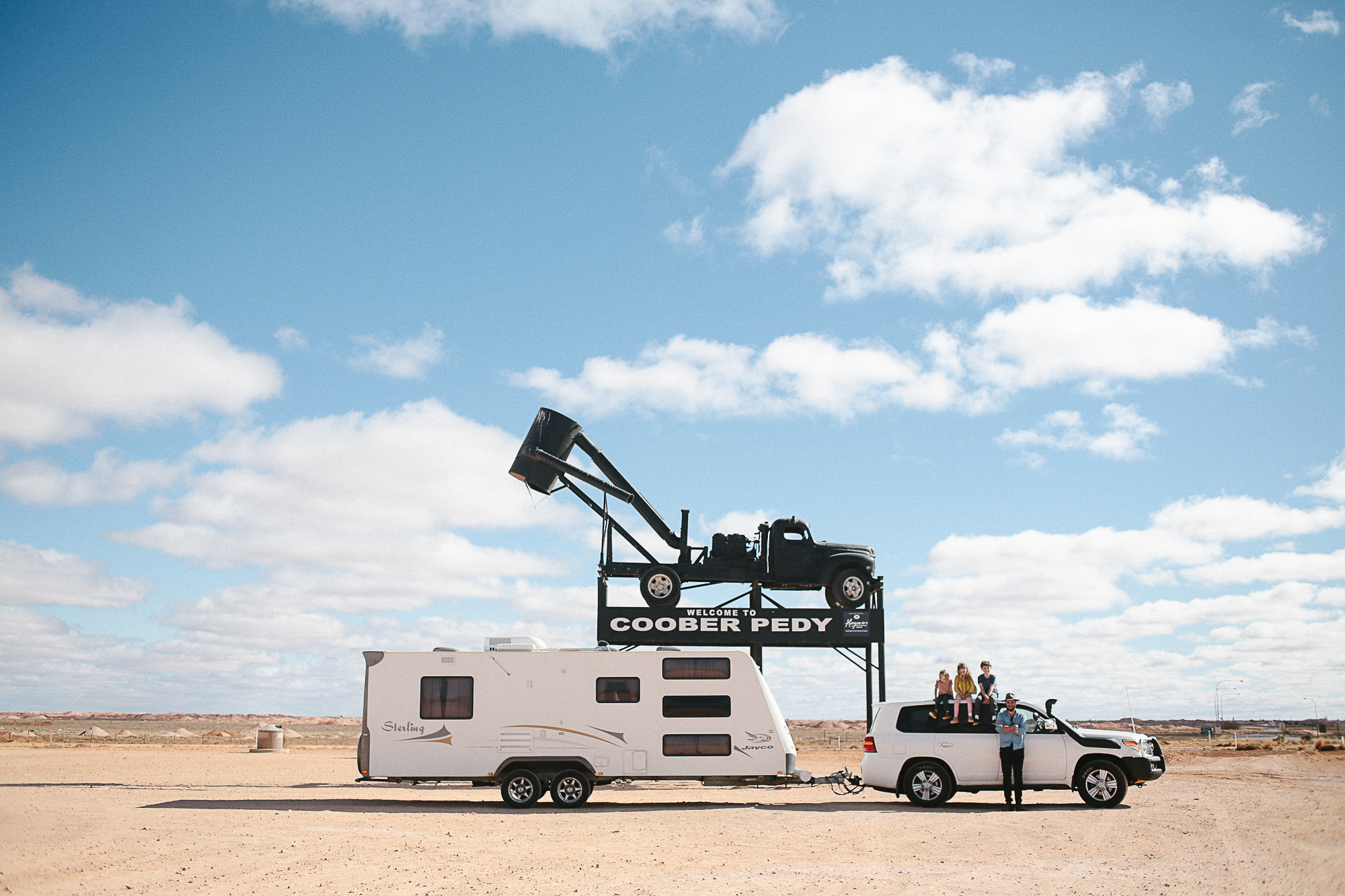
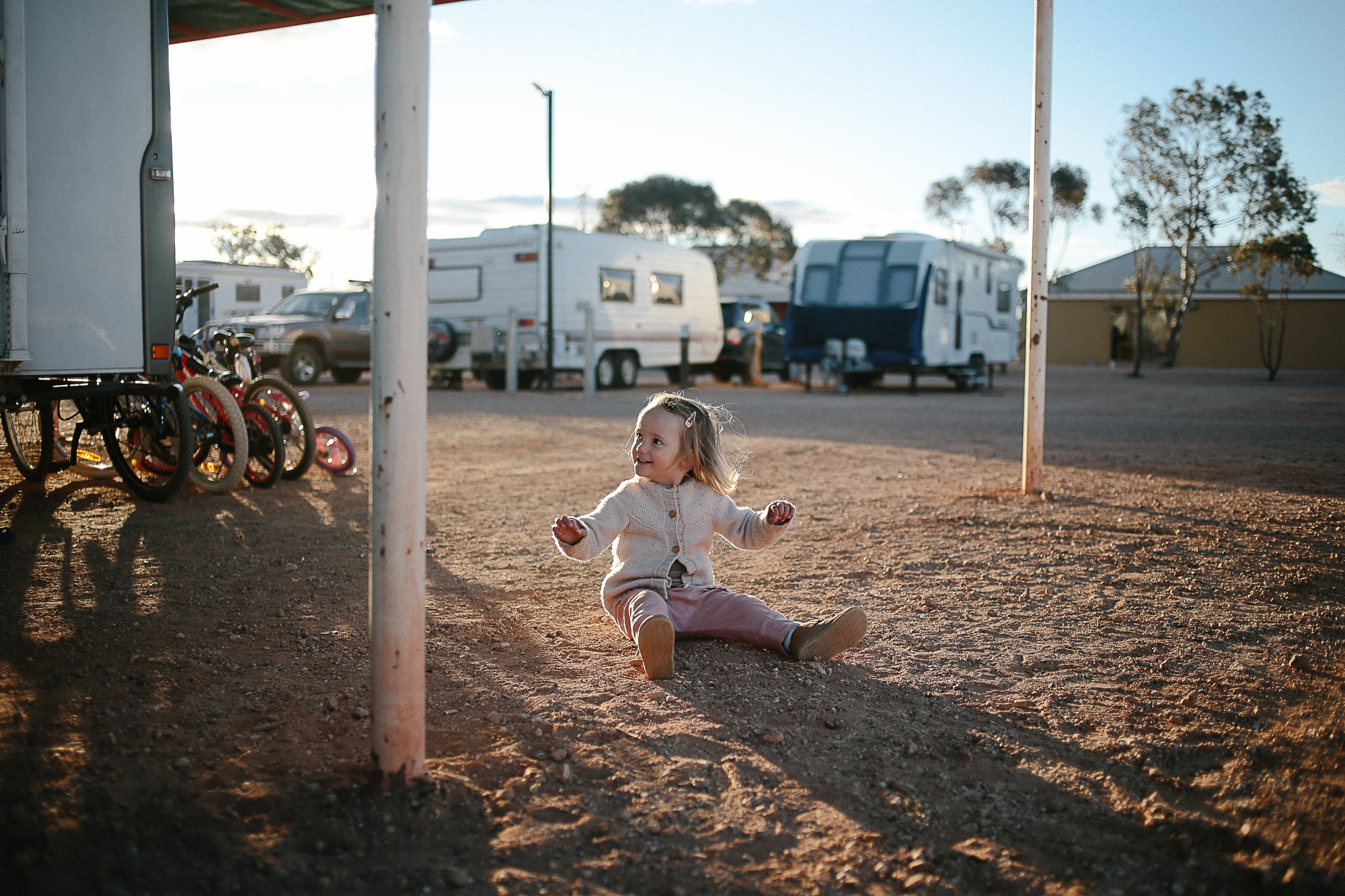
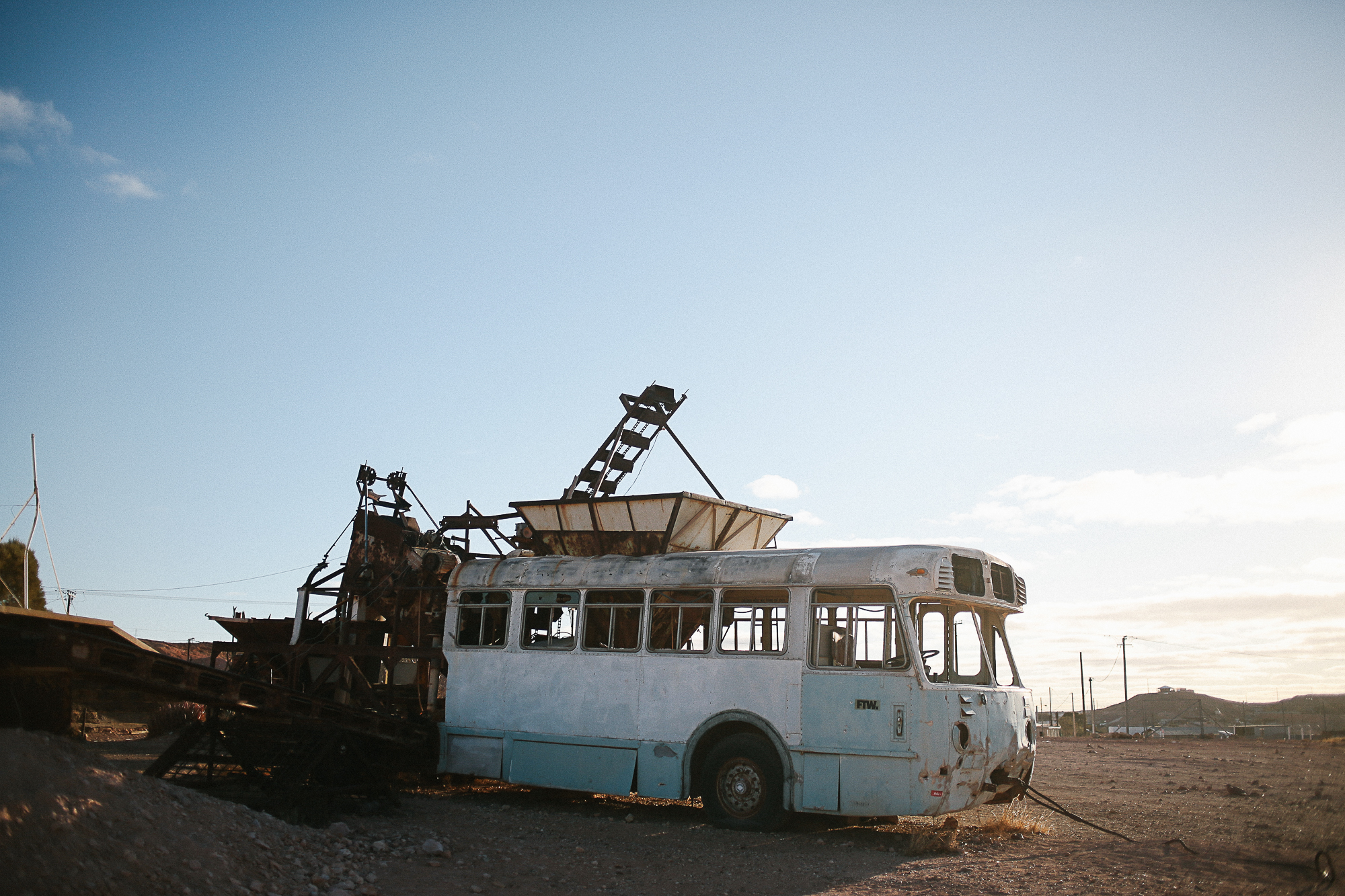
Coober Pedy
Weird and wonderful, the opal capital of the world is roughly 4 hours north of Pimba and it’s rather a bland drive so make sure you’ve got a good playlist (one not reliant on internet service because there isn’t any).
One of the things I loved about driving the Stuart Highway is that towns literally pop up our of nowhere; so much driving with very little to pique your interest and then bam! – a town! First stop at Coober Pedy was the obligatory photo under the signage and then we drove around the corner to BIG4 Stuart Ranges. I’d chatted to quite a few travellers in Adelaide and they all recommended this caravan park which is, essentially a gravel oval but it’s got everything you need for a comfortable and safe stay (book ahead, if you can, as it fills up by late afternoon). You can’t hook up to water but you can fill your tanks at the front gate (20c for 40L) and showers are 20c/minute (the front office has plenty of 20c coin if you’re running low). Get some washing done while you’re here as it dries within an hour and if an easy dinner sounds about right then order pizza from the on-site pizza bar (the restaurant isn’t that suited to rowdy kids so do as we did and order takeaway).
Coober Pedy is one of the driest towns in Australia and during summer, temps get up to 50 degree celsius, hence most of the population live underground in dugouts. The outskirts feature hundreds of thousands of mounds of dirt discarded in the mining process and the machinery honestly looks like it was built from scraps in someone’s backyard. It has a definite steampunk vibe to it; there’s rusted cars in driveways, metal sculptures outside dugouts, the bright sun against the desert dirt. It’s higgledy piggedly and intriguing and yet for everyone that lives there, it’s completely normal. Fascinating!
We didn’t do any of the underground tours (we just didn’t find a time that suited everyone’s moods) but we did chat to the woman who worked in the underground bookshop and it was like our own personal info session. This is the thing about long-term travelling; there’s so much to learn from the people who live in the town that often spontaneous chats become the ultimate tourist experience.
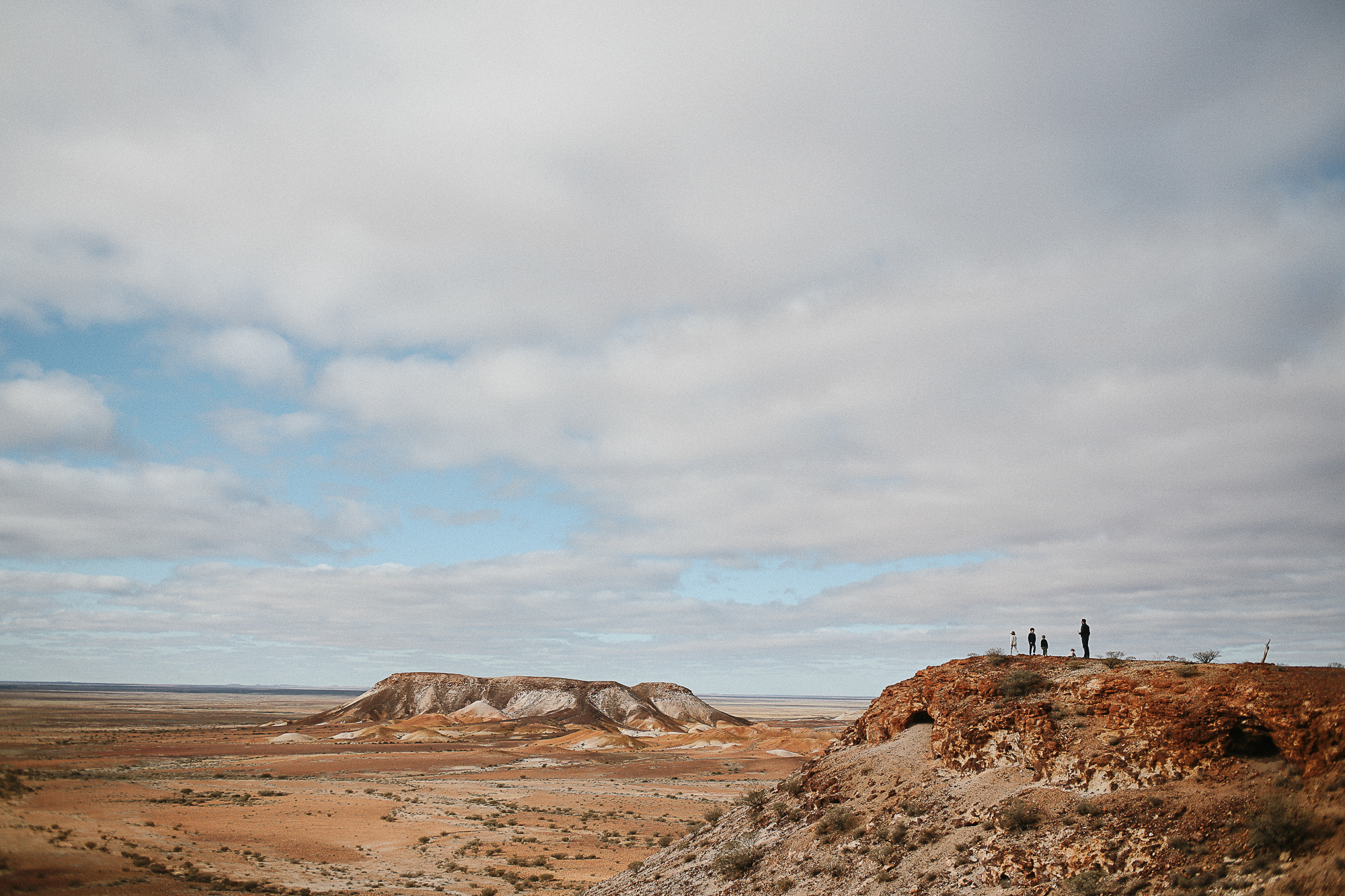
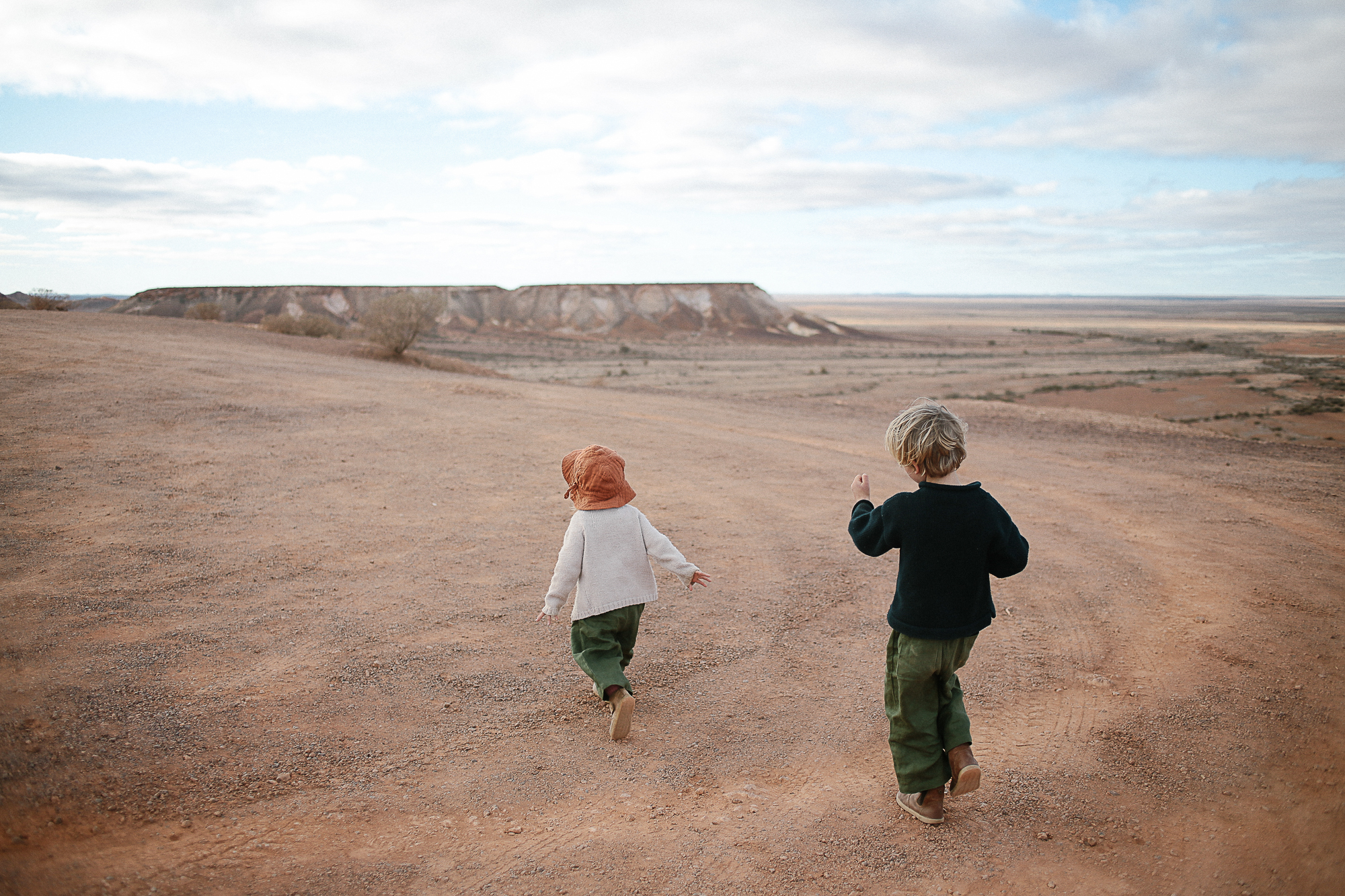
I highly recommend a drive out to The Kanku-Breakaways Conservation Park – 33km north of Coober Pedy (you can get a permit from the Information Centre in town for $2.20pp). It’s a rough dirt road in so leave your van behind. Covered by sea 70+ million years ago, the park features a rocky landscape of flat-topped mesas that are best viewed at sunset. That said, we visited on a cloudy afternoon well before sunset and it was still a wonderful sight to see.
We stayed three nights in Coober Pedy on the way north and two on the way south. It’s a good spot to break up the journey.
Tip: Find good coffee at Downunder Cafe and Gallery (next to the underground bookshop) and pop into the IGA which is really well stocked and well priced. If you haven’t already purchased fly nets, do so here as they get more expensive the further in-land you travel. Thankfully we didn’t need them (which is rare, apparently). Also, buy your alcohol here as many towns in the NT are dry and the cost reflects this (expect to pay $41 for a 6-pack at Yulara/Uluru).
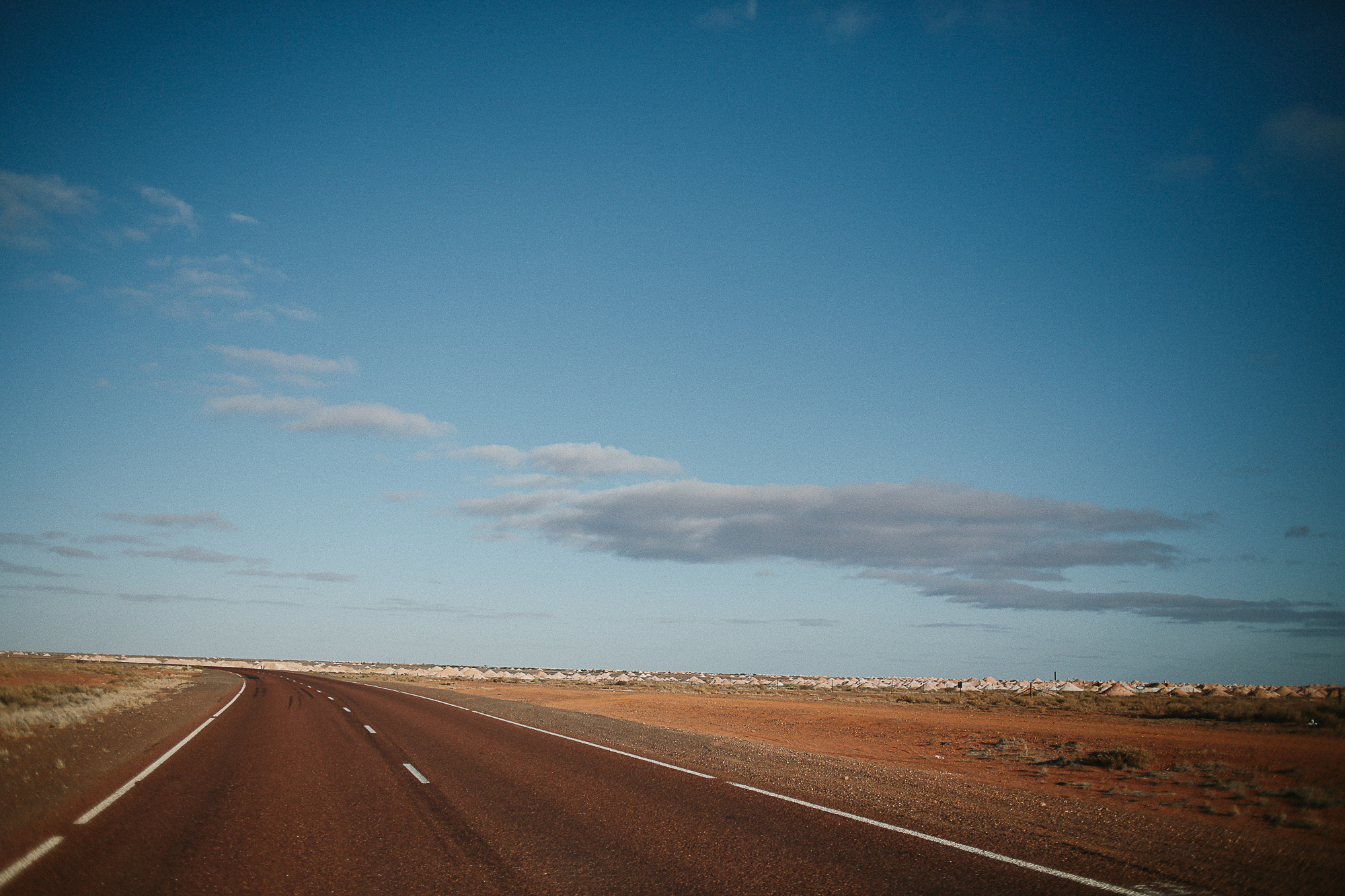
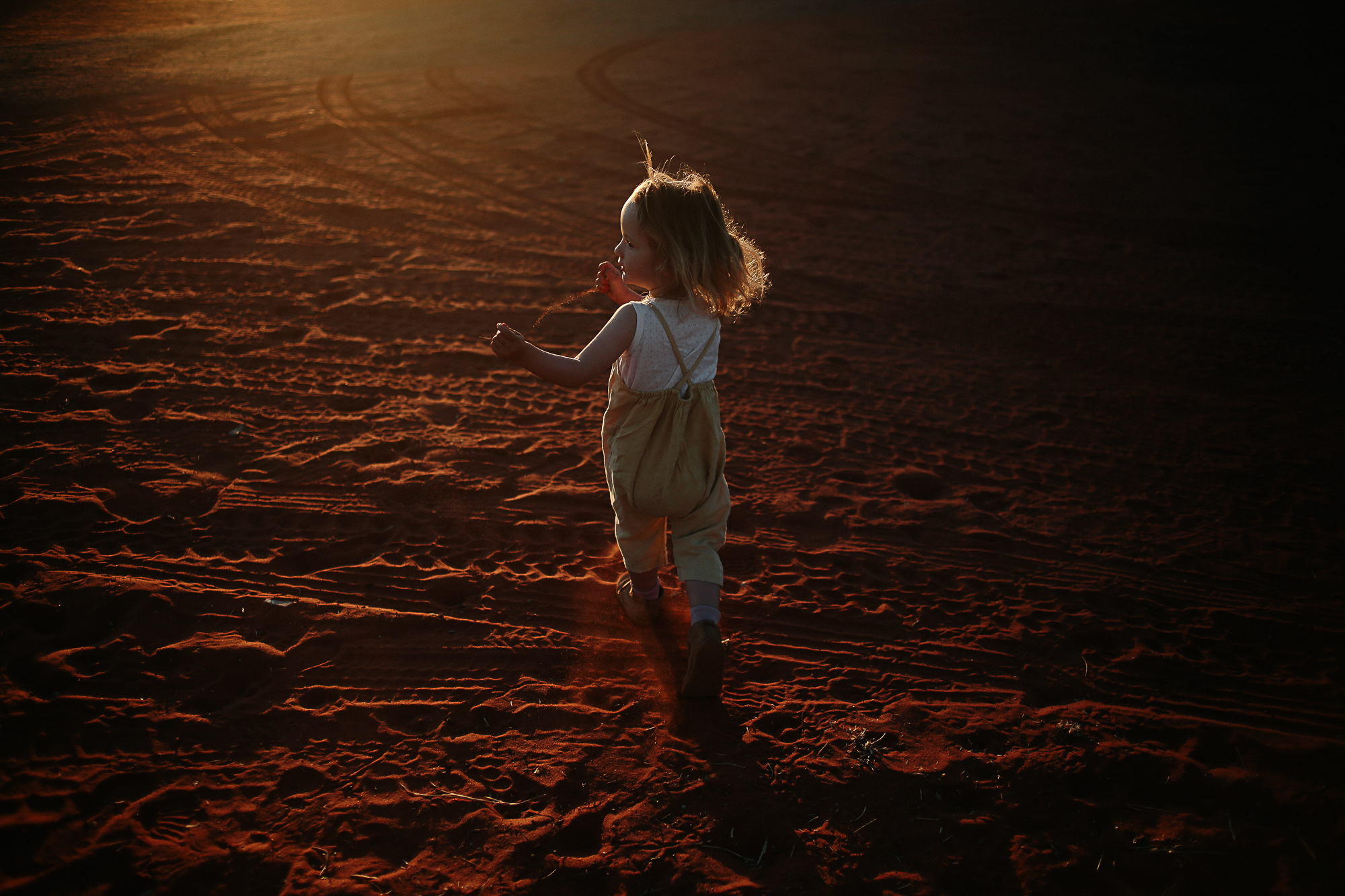
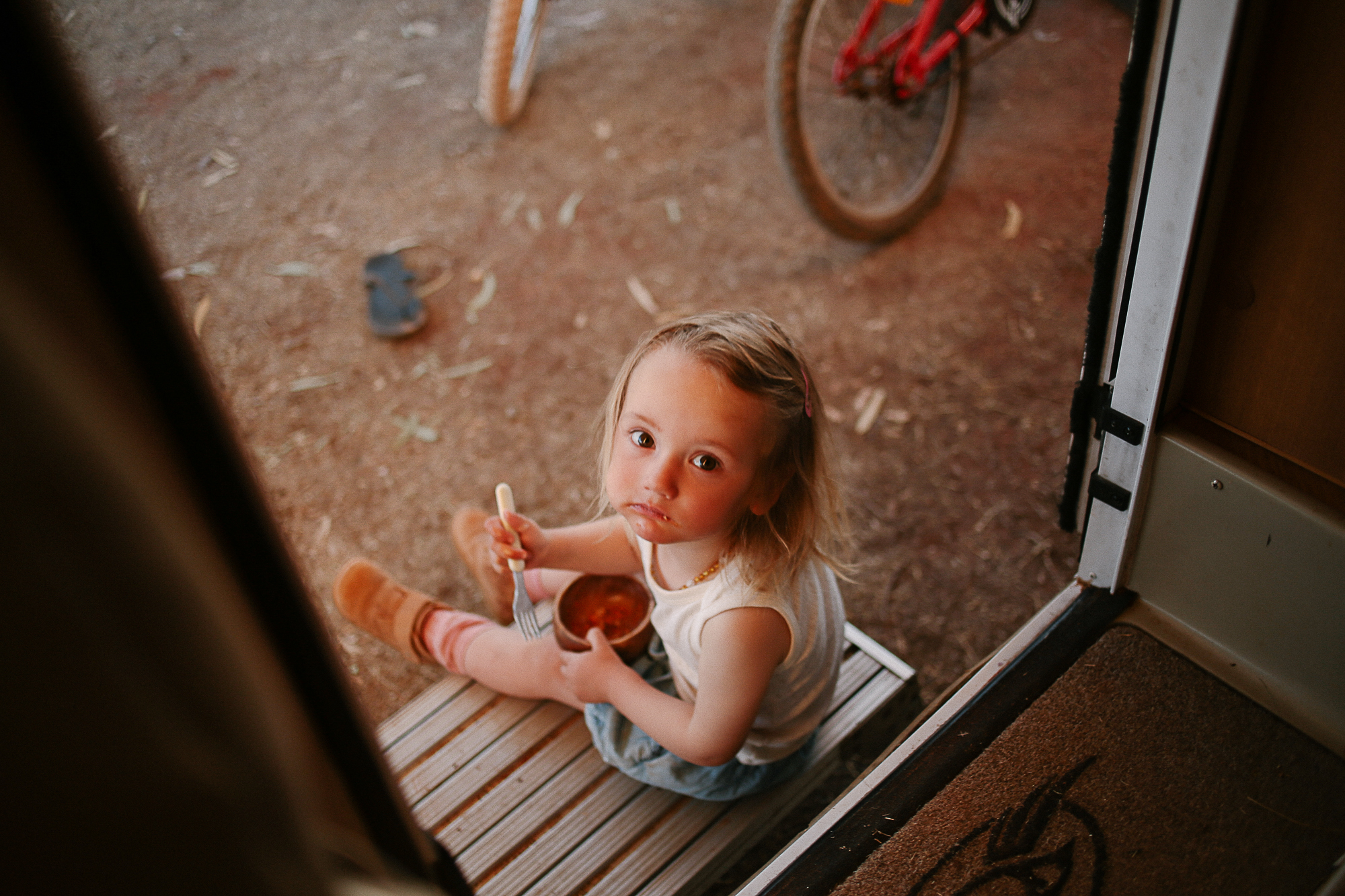
Marla Roadhouse
Located 70km south of the SA/NT border, Marla has a population of 70 and is essentially a roadhouse featuring a restaurant, motel rooms and powered + unpowered sites. But most importantly, Marla has grass and there is nothing as sweet as lying on a patch of grass and looking up to big gums after a few days of driving through the desert.
We paid $36 for a powered site next to a big patch of grass that we shared with other travellers (go to reception when you arrive and then you can drive through and pick your site). In the winter months aka peak season, you would want to check in to Marla by about 2pm as it fills up every night.
Tip: fill up with petrol/diesel when you drive in as there’s often a queue in the morning.
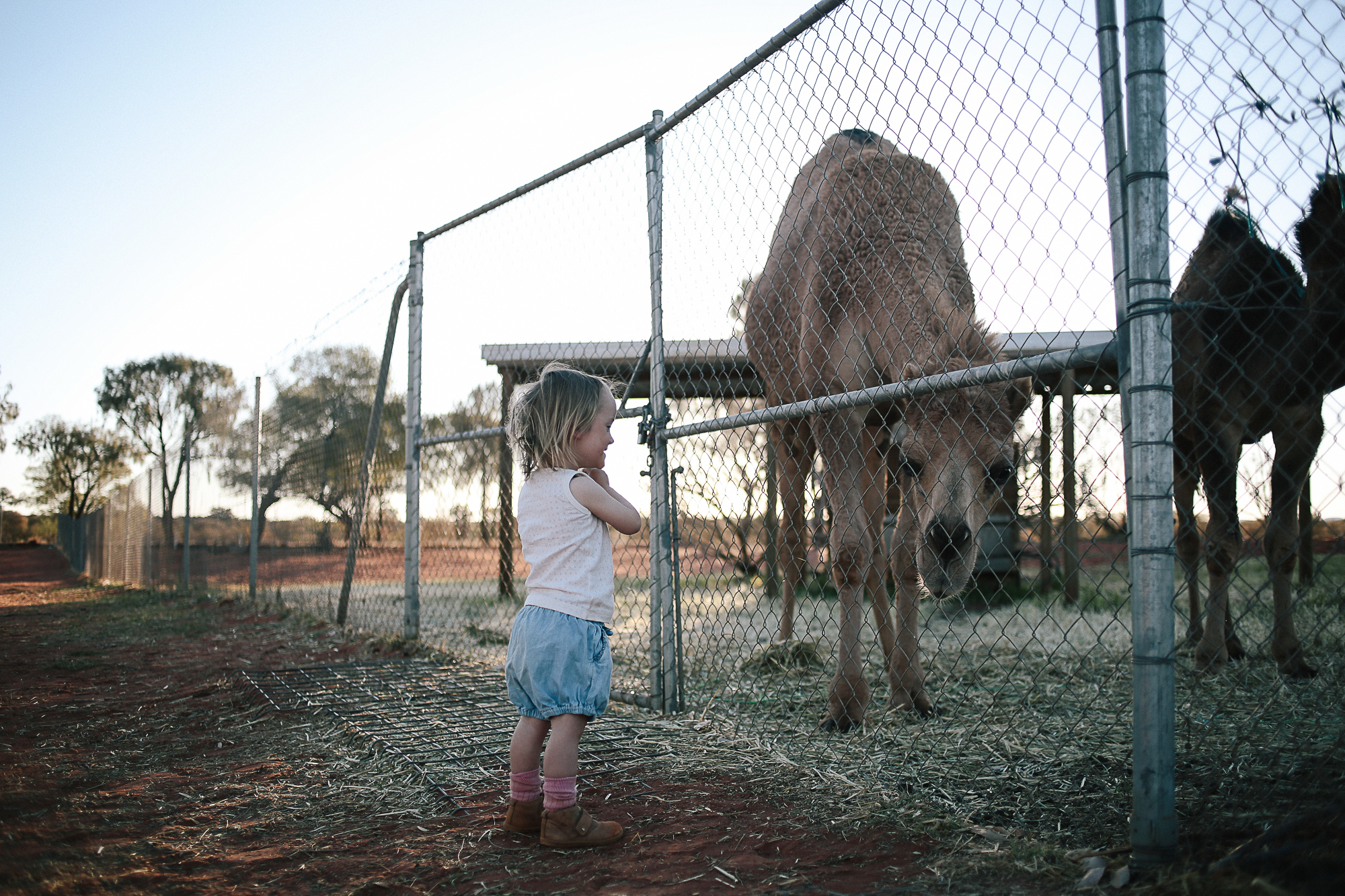
Erldunda Roadhouse
Make a pitstop at the border for a photo (there’s a line on the road marking the actual border so for fun you can have one foot in SA and one in NT) and then head into the Northern Territory where the most majestic eagles fly overhead (if they’re not feasting on roadkill).
Erldunda Roadhouse is located on the turnoff to Uluru and is exactly 200km south of Alice Springs. Needless to say, it’s a busy place and the ideal overnight stop before you head to Yulara (the township next to Uluru Kata Tjuta National Park) which is a 3-hour drive west. Expect to pay $32 for a powered site and if you get there early enough, park under one of the many gumtrees for shade. There’s resident emus, kangaroos and camels to see as well as a rowdy rooster named Cluck Norris who thinks he’s a kangaroo.
Tip: again, put petrol/diesel in the car when you arrive as the mornings are really busy (and if you’re like us, you’ll be so keen to hit the road that you’ll forget about diesel all-together). But don’t worry – there’s fuel at Curtain Springs, about 2 hours west from Erldunda as well as amentities, a restaurant and free camping. We were paying $2.10/litre – ouch!
The road to Yulara is really narrow in places but it’s also incredibly beautiful. Desert Oaks are a welcome sight after the barren landscape of South Australia and the excitement of seeing Uluru carries you all the way there.
This was one of the most expensive weeks of our trip so far, simply because of the cost of fuel (it was costing us $400 to fill the tank). It was also one of the most memorable. Granted, it was a boring, tedious drive at times and we had many conversations that went something like:
Daniel: “Kids, look left, what do you see?
”Kids: “Nothing!”
Daniel: “Look right, what do you see?”
Kids: Nothing!
But it’s etched into our memories – forever.
